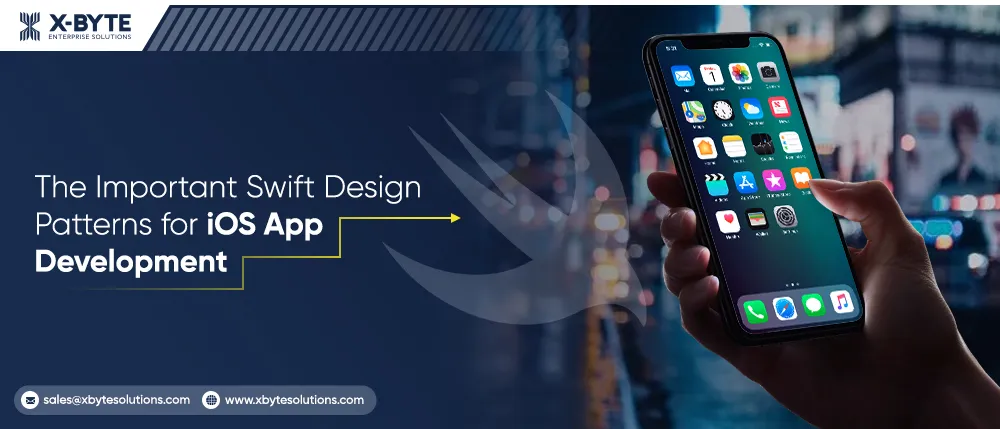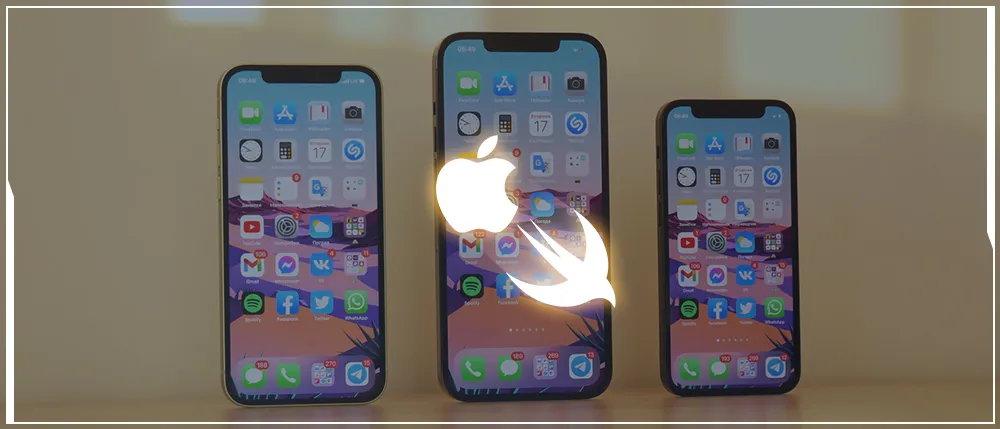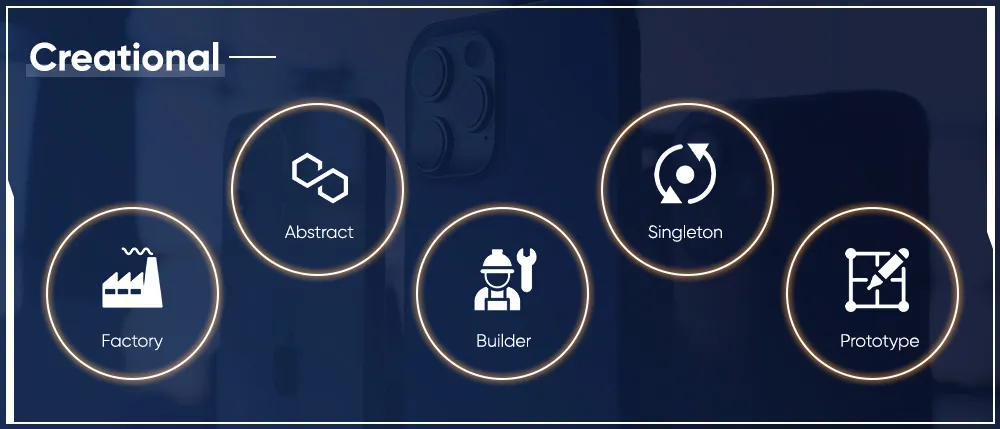-
solutinos
-
Hire
Frontend Developer
Backend Developer
-
NodeJS Developer
-
Java Developer
-
Django Developer
-
Spring Boot Developer
-
Python Developer
-
Golang Developer
-
Ruby on Rails Developer
-
Laravel Developer
-
.NET Developer
Technology
-
Flutter Developer
-
React Native Developer
-
Xamarin Developer
-
Kotlin Developer
-
Cross-Platform Developer
-
Swift Developer
-
MongoDB Developer
-
C Developer
-
Smart Contract Developers
Cloud
-
-
Services
Mobile Development
Web Development
- Work
-
Multi Services App
-
Food Delivery App
-
Grocery Delivery App
-
Taxi Cab Booking App
-
Multi Services App
-
OTT Platform APP
-
Social Media APP
-
Freelance Service App
-
Car Rental App
-
Medicine Delivery App
-
Liquor Delivery App
-
Sports Betting App
-
Online Coupon App
-
eLearning App
-
Logistics & Transportation App
-
Courier Delivery App
-
On-Demand Real Estate App
-
E-Wallet APP
-
Online Dating App
-
Handyman Services App
-
-
Process
-
Company

One of the main things to be considered while using Swift is to decide the design patterns for ios app development and implement them correctly.
Swift is a new language and thus a lot of developers are not aware of the right way to use it. It is important to use precise design patterns and build stable and high-quality apps.
Let us learn about the common Swift design patterns to make the right decisions.
What are Design Patterns?
Designed patterns can be explained as a solution to a particular issue faced while designing the structure of an app. Remember the design patterns are not a set of codes to be integrated into an app. They are the ideas that explain how issues can be resolved. It is a template that shows you how code can be written to resolve the issue.
Benefits Of Design Patterns

Tested Solutions
Here you don’t need to spend time in trial and error to find the solution to a specific software development issue. This is because design patterns offer the perfect solution for the problem and tell you how to execute it.
Code Unification
You can get ideal solutions with design patterns. These solutions have already been tested for bugs and cons. It helps you avoid a lot of mistakes while designing the structure of an app.
Common Vocabulary
For any software problem, you don’t need to explain in detail how to resolve it, you can just tell the developers the design pattern you utilized and they will understand the solutions you integrated.
After knowing about what design pattern is and their benefits let us know about
Types Of Swift iOS Design Patterns
Creational

They are associated with object creation techniques. It is one of the iOS Swift design patternsthat offer a precise indication to portray objects to be used in a particular situation. The main creational design pattern techniques are
- Factory
- Abstract
- Builder
- Singleton
- Prototype
Structural
This type of Swift mobile app development pattern allows simplifying the design by determining the easiest method of incorporating connection between classes and objects. The most common structural design patterns are
- Bridge
- Façade
- Composite
- Adapter
- Proxy
Behavioral
These design patterns exhibit major common communication patterns existing between entities. Some of the popular behavioral design patterns are
- Chain of Responsibility
- Template Method
- Command
- Iterator
Top Swift iOS design patterns used by developers
Builder
It is a creational design pattern that helps developers to create complex objects from simple objects.
When The Design Pattern Can Be Used
- To build complicated objects
- Need different views of a specific object
- Wish not to use telescopic constructor because of its complex code
Adapter
It is a structural design pattern that helps two or more objects connect with an unsuitable interface to work flawlessly. This design pattern converts the interface of a particular object to help the object adapt to a distinct object.
When The Design Pattern Can Be Used
- Wish to include 3rd party object in the app but the interface doesn’t go with the remaining code
- While using multiple subclasses in a single app or cannot increase the superclass
Decorator
It is a structural design pattern that allows adding features of the existing objects by masking them in useful coverings. The design helps to wrap objects hence known as the Wrapper design pattern.
The pattern can be used to wrap two or more objects together provided the objects own a similar interface
When The Design Pattern Can Be Used
- It is not possible to include new features to the object via inheritance
- Wish to include features to the objects while hiding them from the code
Façade
It is yet another structural design pattern that provides a simple interface to a library, a set of classes, or a framework. With this, you don’t need to display multiple methods with multiple interfaces.
Façade allows you to build your class & wrap different objects in to make the code and interface easy to use for the users.
When The Design Pattern Can Be Used
- To provide a unified and straightforward interface to a complex subsystem
- Need to break up a subsystem into multiple layers
Template Method
It is among behavioral Swift design patterns which are used to define a framework for the algorithm and assign responsibility to all the subclasses. It gives the flexibility to subclasses to re-assess some steps present in forcing any modifications in the entire structure.
When The Design Pattern Can Be Used
- Need subclasses to widen a simple algorithm within changing the structure
- Need different classes accountable for the same actions
The above Swift design patterns are few to name as there are some other iOS Swift design patternsused by iOS developers across the world.
Wrap Up
The above Swift design patternsare the top 5 patterns used widely for mobile app development. It is important to choose the right pattern while building a secure and functional app. The above design patterns offer an app that is easy to upgrade and maintain. Hence using these patterns in your app will help you simplify the app development process and offer amazing code quality.
If you are not confident about what Swift design patternsto choose from for your app, X-Byte Enterprise Solution will help you not just choose the right design pattern but will assist you with the Swift app development process to give you a secure and functional app.
